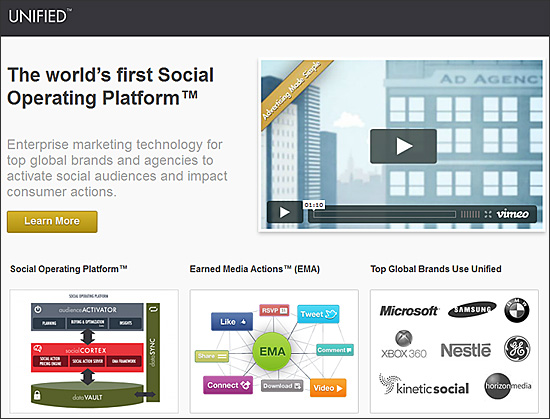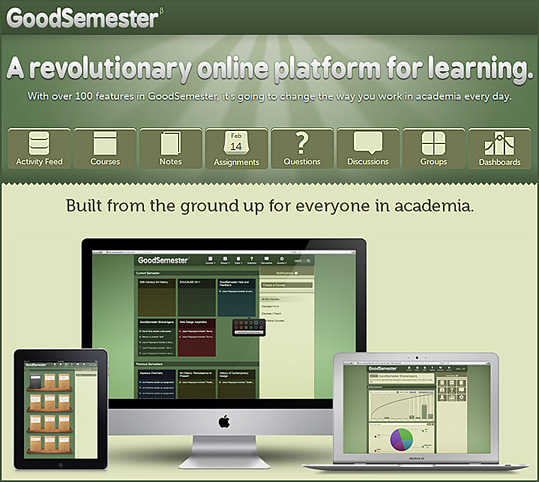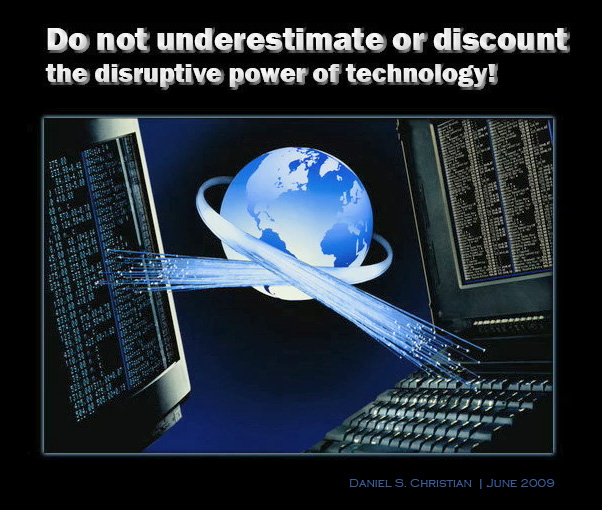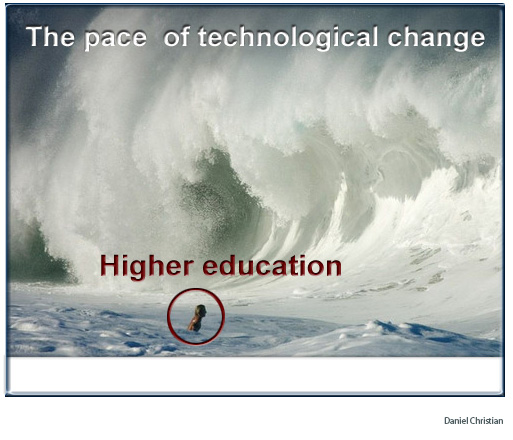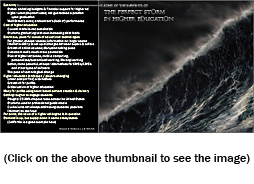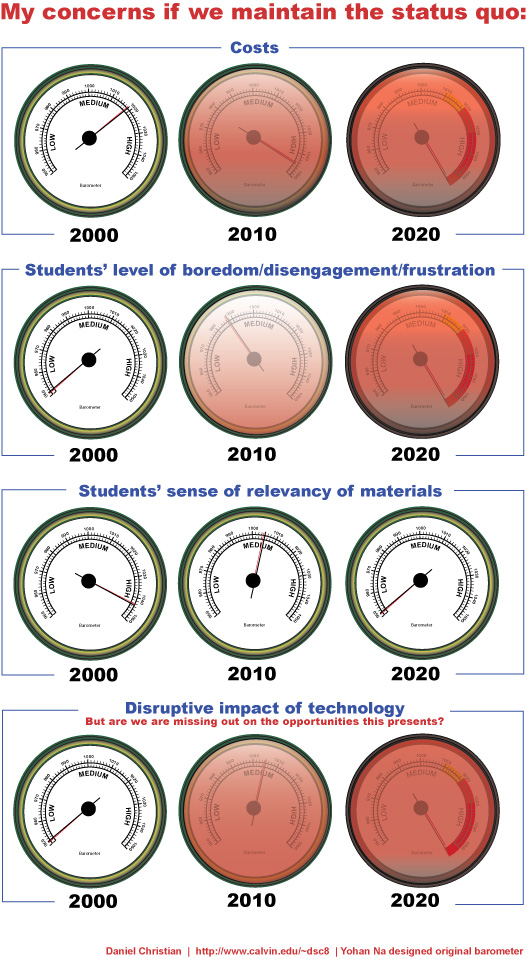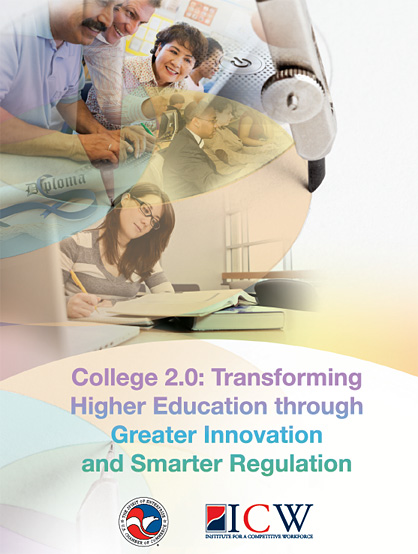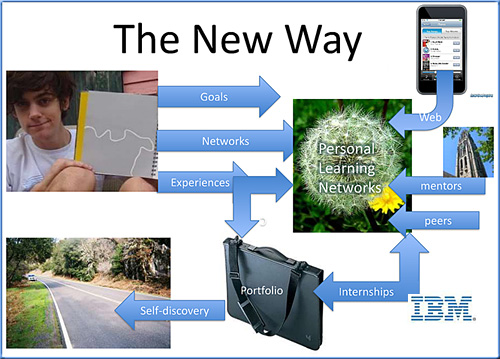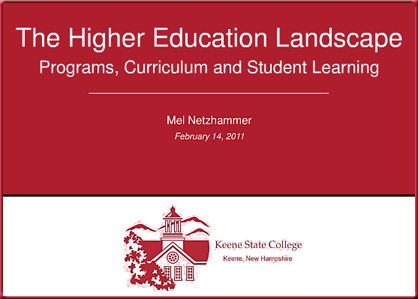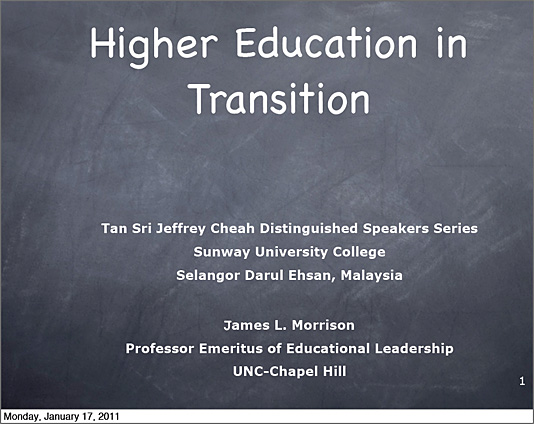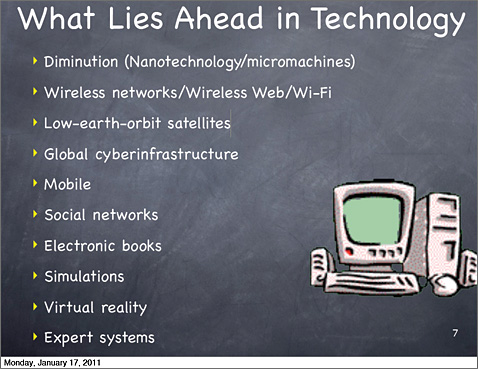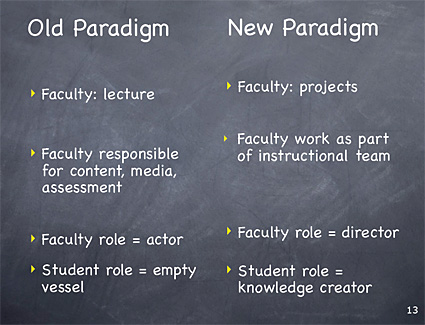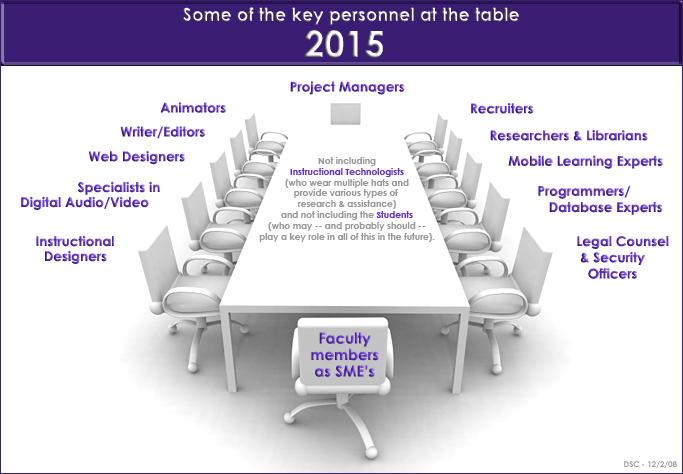Unified opens an online university for social media marketers — from TechCruch.com by Anthony Ha
The social media landscape is complex and constantly evolving, leaving top global brands and agencies with the challenge of staying on top of the latest trends and best practices. Unified University is a first of its kind – an all-encompassing training, continuing education and certification program, complete with access to the industry leading best practices knowledge base. Unified University is designed to help marketing and agency executives become experts and internal thought leaders on social strategies, platform insights, earned media measurement, and more.
Through Unified University’s comprehensive training program, a social team can get certified on the Unified Social Operating Platform and learn about the latest advances in social advertising. Certification ensures that a team is up to date on the latest options within the social web, including the benefits of advertising across social ecosystems including Facebook, Twitter, LinkedIn, Google+, StumbleUpon and more.
Teams learn that brands may require very different strategies to ultimately achieve similar results. Unified University assures that teams know how to strategically represent brands across all social options while delivering high quality results and maximum ROI.
From DSC:
Is this a part of the future? If higher ed doesn’t respond more forcefully, I’d say so.
Along these lines, from page 408 of the Steve Jobs book:
One of Job’s business rules was to never be afraid of cannibalizing yourself. “If you can’t cannibalize yourself, someone else will,” he said.
Innovate. Reinvent. Staying relevant. This goes for the accreditation agencies as well.
Also see:
.










